In recent years, psychologists researched that mindfulness exercises for kids help little ones the most in terms of removing stress and learning cognitive skills. Many parents follow the approach of mindfulness activities for the treatment of a number of problems in children, including depression, sleeping and eating disorders, anxiety disorders, and obsessive-compulsive disorder, etc.
What Is Mindfulness
Mindfulness is the act of paying attention. Having the right mindset and attitude can literally change your life. Increasing your capacity for mindfulness supports many attitudes that contribute to a satisfying life.
Being mindful makes it easier to savor the pleasures in life as they occur and creates a greater capacity to deal with adverse events. There are some mindful activities that help improve not only your mental health but also your physical health in a number of ways such as relieving stress, treating heart disease and high blood pressure, improving sleep, etc.
Mindfulness For Kids
Mindfulness means paying full attention to something. This is a wonderful way for our children to slow down and focus on something and get some rejuvenation.
Practicing mindful exercises and activities will help your child to be attentive, curious, stress-free, and calm. Mindfulness is a practice that when used appropriately can increase children’s awareness and help them pay attention to their surroundings through their mind and senses.
Now, what is better than to have your kid occupied as well as learn and develop a positive attitude at the same time. It’s a win-win, right? Read on to know about mindfulness exercises for kids and their benefits.
Benefits Of Mindfulness Exercises For Kids
There are several benefits of teaching your child mindfulness or engaging them in mindfulness exercises, such as-
1. Physical development
Mindfulness exercises for kids improve physical health and development in many ways such as fine motor skills, physical confidence, coordination, reducing pain, etc.
2. Emotional and social development
These creative activities help your child to be emotionally healthy and socially active. Your kids will be more calm, compassionate, and empathetic. Also, this will help your child to develop self-confidence and impulse control. Their social skills enhance in terms of collaboration, making and maintaining relationships also better behavior in school.
3. Mental development
Every mindful technique is introduced to children to make them calm, stress-free. These activities significantly lower your child’s anxiety, depression, and sleeping disorder.
4. Cognitive development
Mindfulness exercises for kids increase attention, focus, and intellectual skills. Stimulates memory and creative thinking. Also, their language skills are developed.
Coming up with different activities to keep your child occupied can be difficult. Here in this article, we assembled some creative and fun mindful activities that your child will absolutely enjoy.
Related: How Mindfulness Can Improve Your Overall Mental Health
10 Mindfulness Exercises For Kids
1. Breathing Exercise
Purpose: Destress, Calming, Focus, Thought balancing
Age: 3+ years.
How to:
- Get your child to sit in a calm environment
- Ask your child to sit in a lotus position
- Ask your child to think nothing and breath normally
- After that tell your child to close their eyes and take a deep breath
- Ask your child to exhale
- Observe your child when they are inhaling and exhaling
- Repeat this for 10 minutes a day.
Related: How Mindfulness Meditation For Panic Disorder Can Help You
2. Mindful Listening
Purpose: Awareness, Focus, Sense of hearing, Stress relief
Age: 4+ years
How To:
- Blindfold your child
- Ask your kid to hear the sounds and observe the sensations around, to identify others who are talking
- You can use a bell, a chime, or any object to make a sound. Tell your child to listen to the sound.
- Ask your kid to signal when the sound is stopped
- Tell your child to calm down and focus on the spot where the sound is coming from
- Ask them about this practice, ask your child to tell how many times the sound is played and is stopped
3. What’s in the bag/box?
Purpose: Sensory awareness, Identification, Sense of touch
Age: 4+ years.
How To:
- Place random objects in a bag or box with various shapes and sizes.
- Ask your child to reach in the bag using one hand without looking into the bag
- Ask your child to identify those objects and their shapes
- You can also use a timer to make this exercise more challenging
4. Tastes Taste
Purpose: Sense of taste, Identification, Awareness
Age: 3+ years
How To:
- Blindfold your child
- Place 10 different food items such as cookies, fruits, cereals, etc
- Ask your kid to taste each food item one by one
- Now tell your child to guess the name of each food items
5. Name, place, animal, thing
Purpose: Memory, Awareness, Knowledge, Focus
Age: 6-7+ years
How To:
- Take a square of paper. Divide the page into four parts; name, place, animal, thing.
- You can place a bowl of alphabet chits and ask your kid to pick one chit, alphabet.
- Once the alphabet is selected, ask your child to write down the names of a person, animal, thing, and place starting with that letter.
- You can make a scoreboard for it, 5 points for every correct answer, and see how much your kid scores.
6. Nature Walk
Purpose: Awareness, Calmness, appreciation of nature, Cognitive development. Anxiety relief
Age: 5+ years
How To:
- Take your kids out to a park and a calm place
- Consider walking barefoot
- Ask your child to observe nature and its surroundings
- Walk and collect special things from nature
- Tell your child to pick up a flower, leaves or throw a rock,
- Ask your kid to count the number of trees. If possible, mark them.
- Tell your child to sit on the grass or rock and look at the butterflies, listen to the birds, feel the grass beneath their feet and smell the flowers.
- Treasure those collectibles.
Related: The Art Of Grounding: 7 Healing Benefits Of Walking Barefoot Outside
7. Kindness Worksheet
Purpose: Learn Empathy, Kindness, Social Skills, Self-confidence
Age: 6+ years
How To:
- Make a worksheet of social activities
- Ask your child to follow this worksheet and check the daily activities
- Make this worksheet listing acts of kindness such as: Say hello to neighbors with a smile, Hug mom and dad, Help old people, Help a friend, Compliment someone, Say thank you whenever someone compliments you or give you anything, Pick up trash, open the door for someone, Never talk bad about someone, Hold the elevator, Help with a grocery bag, Give a thank you card to teacher, etc.
- Ask your child to check the box when applicable and see how many acts of kindness your child has performed.
Related: How Mindfulness Works For Introverts
8. Planting a Tree
Purpose: Gratitude, Attentiveness, Caring, Kindness
Age: 5+ years
How To:
- Buy a planter or you can make some planter with your kid at home
- Buy or extract some seeds from vegetables or fruits.
- Help your kid to plant those seeds in the soil
- Ask your child to water the soil every day
- Tell your child to keep track of the growth of the plant
- Watch the plant grow with your kid
9. Sorting and Classifying
Purpose: Cognitive skill development, Focus, Motor skills
Age: 4+ years
How To:
- Cut a page into small notes or chits.
- Write alphabets, numbers on these chits. You can also make them fun by attaching different pictures of flowers, fruits, vegetables, etc.
- Sit with your kids and give all the chits to them folded
- Ask your child to unfold the chits and see what this chit is all about, some can be of alphabets, some numbers or some can be pictures of different objects.
- Tell your child to sort the chits by their identity. For instance, numbers should be classified in one pile and so are the alphabets in different piles and so on.
- Help your kid identify the chits and sort.
- See if your child has sorted the chits into different piles.
10. Block/Lego Building
Purpose: Color and shape identification, Attentiveness, Creativity
Age: 2.5+ years
How To:
- Pick some blocks of different colors and shapes, you can use legos too.
- Ask your child to create a simple pattern with blocks. Or you can show a pattern for them to create, patterns that they can recognize.
- Help them to create different patterns with these blocks.
I am not exaggerating when I say that mindfulness is a journey. A journey that a kid starts and stays till their last breath. A mindful kid today can be the future mindful adult. But this is not a disciplinary tool. Keep the purpose of mindfulness exercises for kids in mind. Be sure to engage in mindfulness practice with children in positive situations. Mindfulness might be a simple thing, but it’s hard to put into practice.
Practicing these mindfulness exercises for kids will help your child to focus their attention on things like schoolwork, listening, helping others, social communication, etc. Your child will be calmer, more attentive, and patient in everyday life.


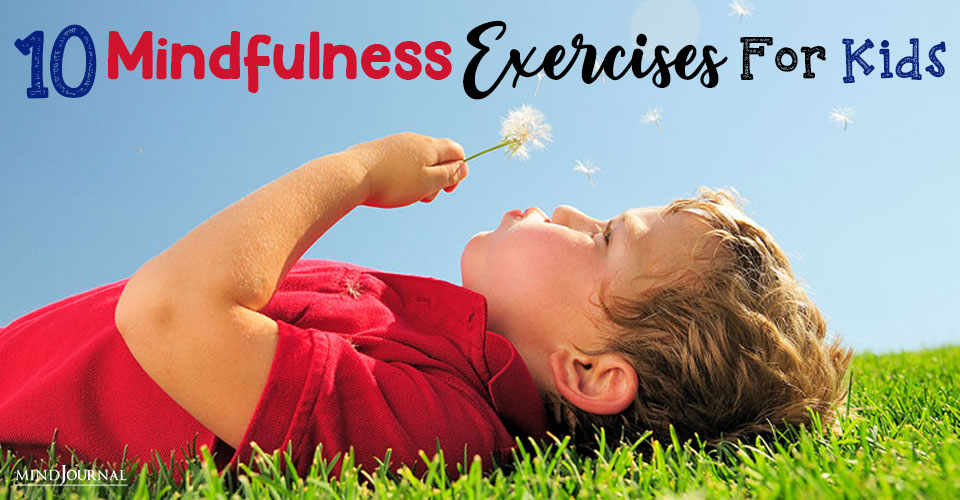
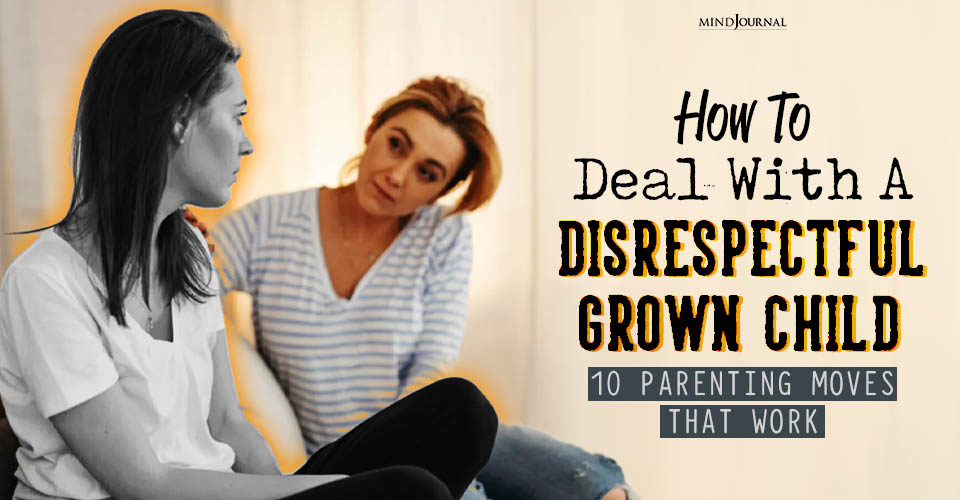

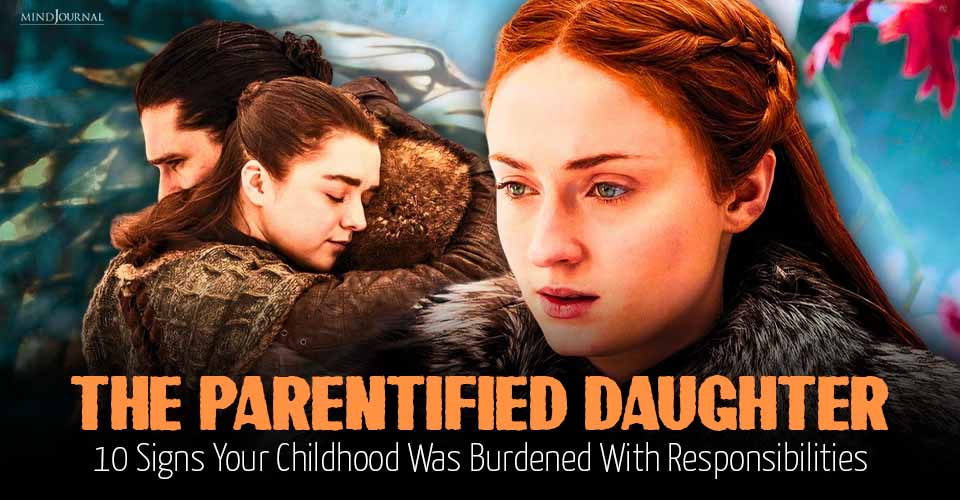


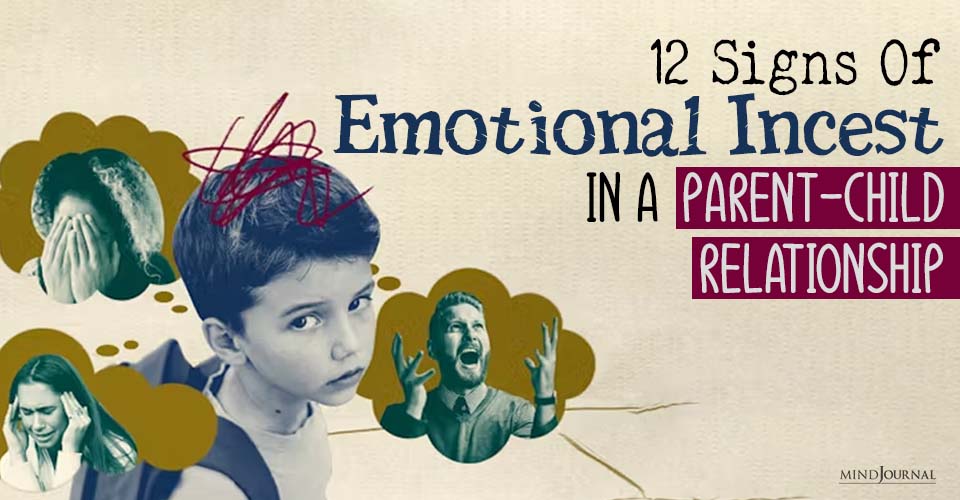
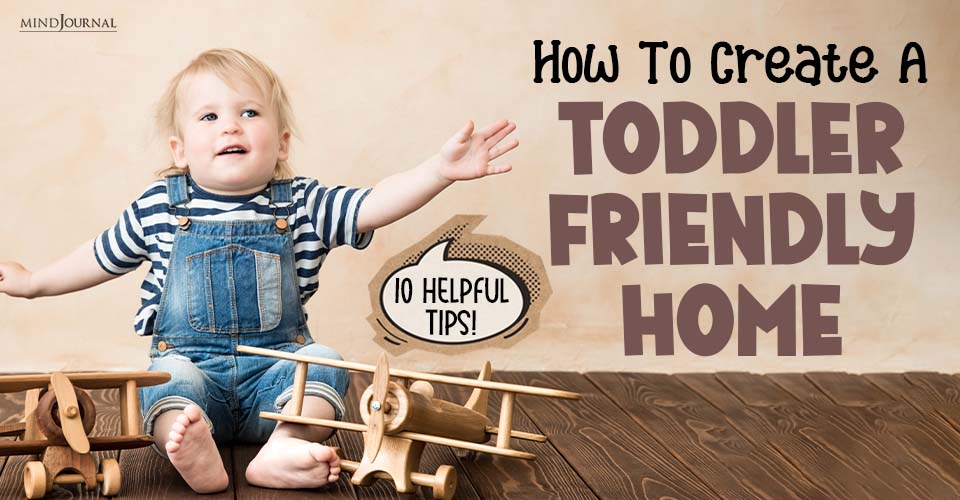
Leave a Reply